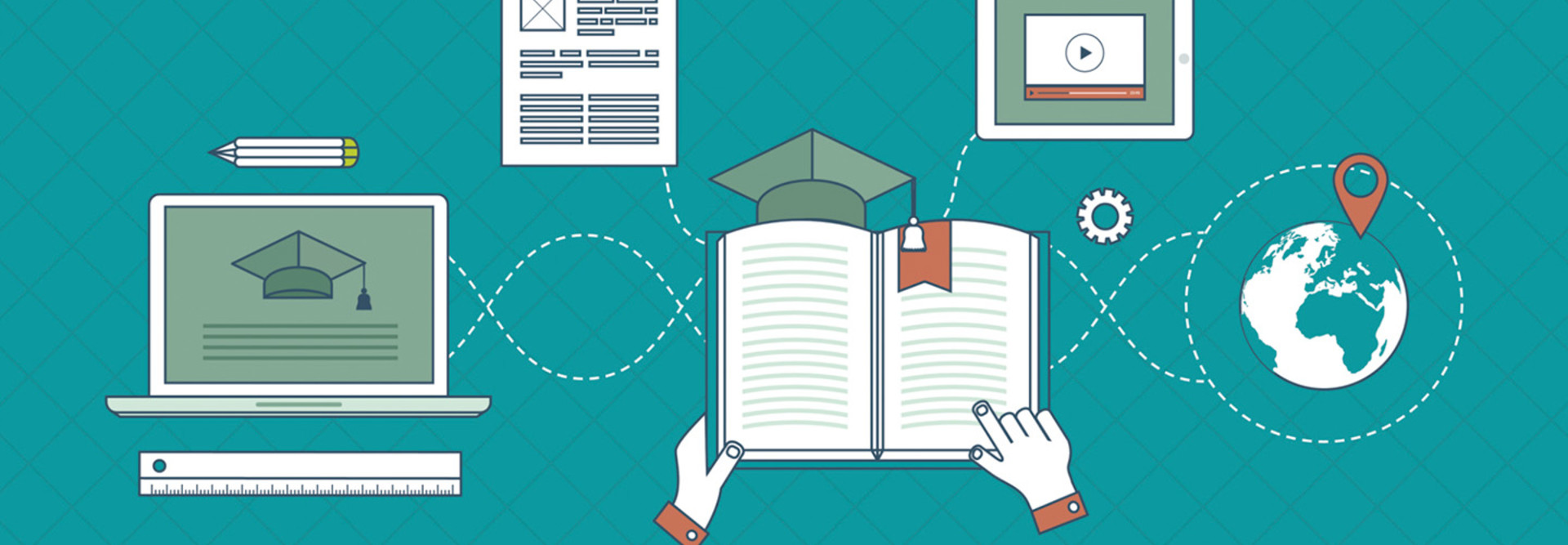Pursuing Campus Modernizations? Upgrade the Network First
It’s not news that a wave of digital technologies continues to transform college campuses, as administrators and faculty rethink teaching models, research methods, campus life and best practices. What may surprise some observers is just how fast higher education has changed. Industry analysts say five-year IT roadmaps that outlined a steady path to change are now being redrawn, driven by the need to accelerate modernizations in a highly competitive, global market.
“To attract the best and the brightest students, colleges and universities must create an environment that’s differentiated from other institutions, and digitization is an important way to do that,” says Renee Patton, director of education at Cisco Systems. “As a result, we’re hearing that organizations are moving faster with their technology plans than they originally intended.”
But speed is difficult. A modern, seamlessly connected campus requires careful coordination of numerous components. Without a strategic plan, CIOs, faculty and administrators can easily find themselves reacting to the latest trend, rather than making measurable progress, year by year, in strategic areas. To avoid a scattershot approach and invest for highest impact, industry observers recommend that colleges focus on key building blocks for improved learning, security and campus life.
Yet, another vital consideration that has nothing to do with technology lies beneath those plans. “IT managers and administrators shouldn’t be doing this on their own,” says Cushing Anderson, program vice president at IDC. “Instructional technology is deeply entwined with the way professors work, so stakeholders in the instructional process should be driving the adoption of new technologies and be supported by technologists.”
Networks Provide the Backbone
It’s no exaggeration to say campus modernizations hinge on solid network foundations. “Because of cloud, mobility, digital signage and other areas, the network is such a critical aspect of the ecosystem. You could argue that without the right network infrastructure, it doesn’t matter how much you spend on those other areas,” says Zeus Kerravala, principal analyst at ZK Research. “You’re just not going to see the benefits that you’re expecting otherwise.”
Students now fully expect the fast, seamless connectivity they experience at home will follow them to campus, which means higher ed institutions must deliver high-quality service not only in classrooms, but also in residence halls and public areas. That’s a quality-of-service challenge considering that many students come to campus with multiple Wi-Fi-hungry devices, including smartphones, laptops, gaming consoles and audio players. As a result, it has become standard to install a wireless access point (AP) in every classroom and perhaps more, depending on class size and how deeply instructors integrate collaboration into their teaching models. Service requirements will likely only grow as online testing and other digital initiatives increase.
Fortunately, network administrators have additional capabilities to meet those demands. The new 802.11ac Wave 2 wireless standard enables data rates of up to 6.9 gigabits per second to support large numbers of devices and bandwidth-intensive applications, such as video conferencing. The protocol also supports multiuser, multi-in-multi-out (MU-MIMO) to simultaneously transmit to multiple devices. “Basically, MU-MIMO means devices can get on and off the network quicker, with much less hassle,” says Brian Robertson, senior product marketing manager at Cisco.
Some vendors extend the standard with their own innovations. For example, to achieve data rates of 5Gbps and higher, Cisco equips APs with two radios, one that runs at 5 gigahertz and one that can be configured within the software to run at 2.4GHz or 5GHz.
IT managers can also choose controller-less Wi-Fi options from Aruba Networks and others. Aruba Instant uses one AP to automatically distribute network configurations and authentication policies to other APs throughout the network.
Residence halls are an important focal area for Wi-Fi updates. One industry study found that more than half of institutions now provide 1Gb or more to residential networking, nearly double the percentage from 2012. Dallas Baptist University is addressing the trend head-on. After some students complained about campus Wi-Fi, officials determined the problem stemmed from the lack of a policy to allocate bandwidth equitably among students. With the help of Aruba ClearPass, a network access manager, the university can now throttle speeds for the highest users. It also upgraded hardware, installing 10Gb Juniper EX3300 switches and 802.11ac Aruba AP 205s.
Some universities are also beefing up wireless coverage at sports stadiums. The nearly 90,000 football fans who attend games at the University of Nebraska’s Memorial Stadium use Cisco Connected Stadium Wi-Fi and Cisco StadiumVision, which distributes high-definition (HD) video and digital content to TVs and digital signage throughout the facility. The university also implemented Cisco StadiumVision Mobile to deliver HD content to smartphones and tablets.









